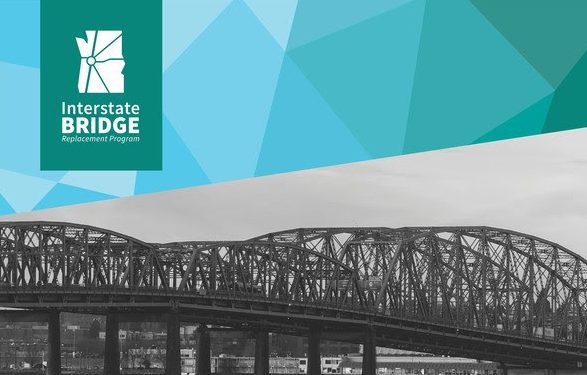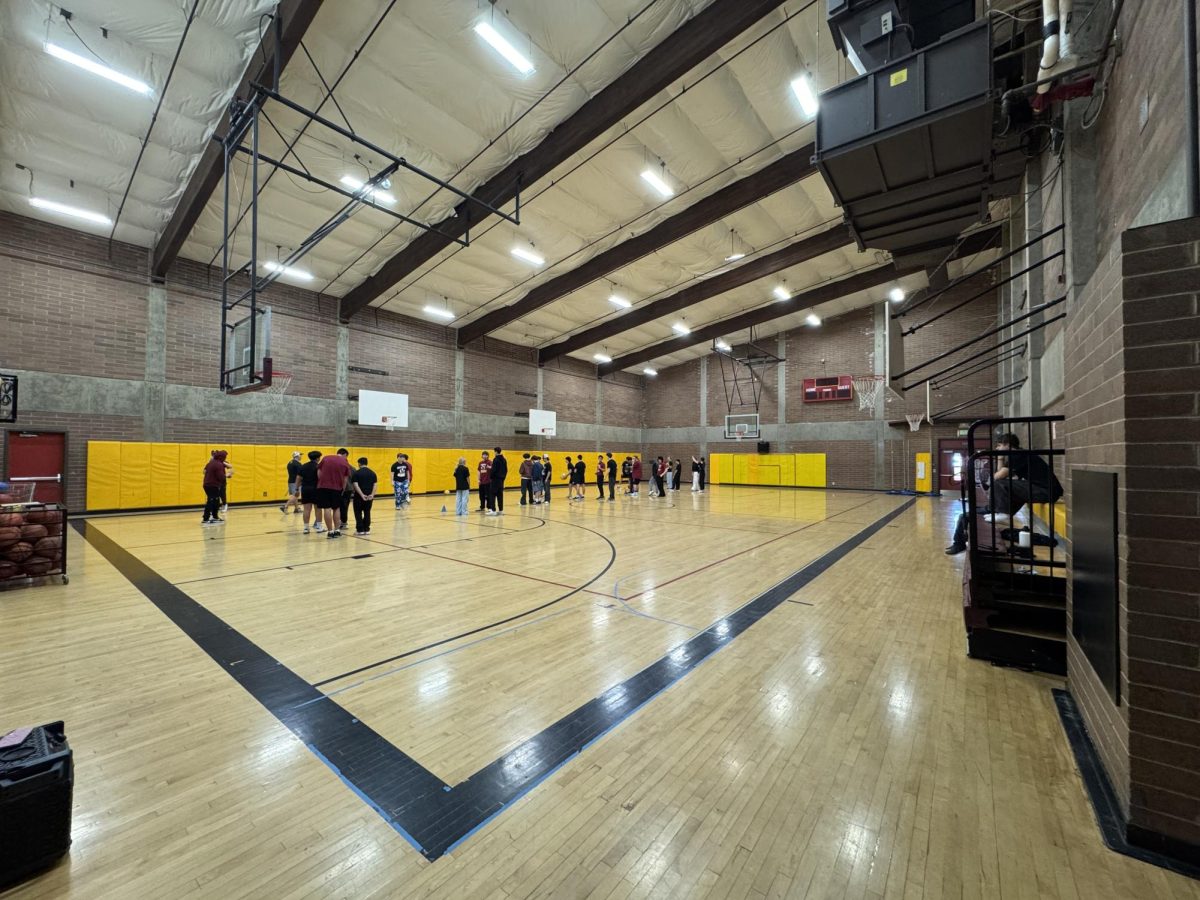
On Tuesday, February 20th, students were invited to attend a virtual press conference discussing the Interstate Bridge Replacement Program to learn about the plans and actions to replace the current I-5 bridge.
Hearing from about four different speakers throughout the conference listeners were able to understand the impact of this renovation fully. The current 107-year-old bridge is neither earthquake-resistant nor ADA (Americans with Disabilities Act) compliant. Which is only a fragment of its issues.
The current bridge focuses 72% on car and truck transportation, whereas the replacement would decrease that number to about 52%; presenting more ways for commuting and broadening the community reach of this bridge.
They have been working alongside both Washington and Oregon to come to a compromise ¨where both sides can see themselves in the final solution.¨ As they work to connect the community through the freeway, they also are working to offer an alternate route to Hayden Island by making an arterial bridge so residents can avoid the freeway if they wish to.
Not only has this program faced political challenges but it has faced economic challenges as the expected cost is around 6 billion dollars. The current status of income is to receive 1 billion from both states, and 2 billion from the federal government, and then make the rest by tolling.
Yes, tolling. This was said to have been one of their most controversial plans, as this would require tolling to be instilled on the 205 bridge as well to prevent traffic build-up due to drivers diverting to avoid tolls.
The reason for the costs was broken down, with one speaker explaining that this process will employ around 43,000 people directly and indirectly. The money will be used to pay for the labor and it will be ¨paying family-sustaining wages¨ as well as the cost for materials.
This new bridge is estimated to start being constructed in 2026-27 and take around 10 years to complete. During this time the current I-5 bridge will remain functioning as the new bridge is built to the side.
This press conference was advertised to youth in media, such as journalism and other communication interests. Allowing students to ask questions live, and experience it while also addressing a real issue.














